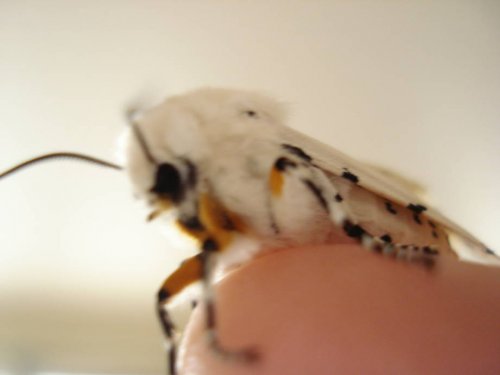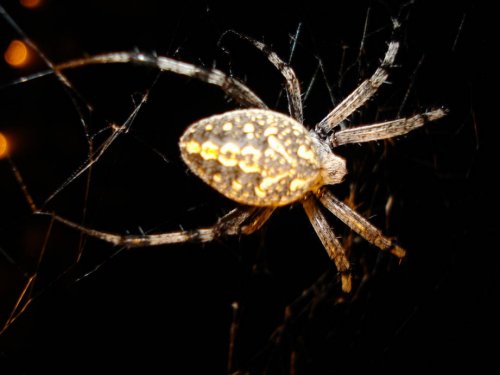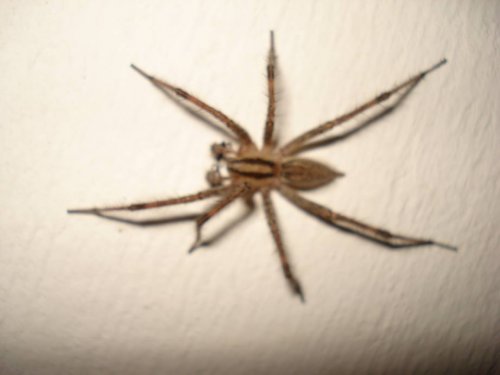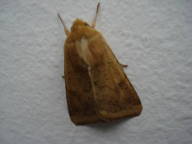merumontanus
Avid Member
in this genus it's usually better to have chameleons with a bit too less than too much weight
At the risk of appearing to contradict myself, I have to agree with you here, but let me put it in context. Obesity in captive reptiles is a widespread problem seen not only in the "hobby" but also in the zoological field. It's a very common occurrence in ophidians, especially, where size (not necessarily age) play a big role in the female's ability to breed. So yes, obesity can lead to many serious problems, including liver disease, heart problems, etc. But given that many of these species are very difficult to acclimate and actually stimulate to feed (hence the use of arachnids and other arthropods), the practice of restricting food should be reserved for non-problematic species such as pardalis, calyptratus, etc, and for established (either CB or WC) specimens of other species, including "montanes".
In certain situations, such as with females of deremensis, over-eating is a huge problem that may lead to premature death or complications during oviposition (Eric can chime in on this with personal experience, I am sure), and this is true whether they are captive-bred, wild, established or not. But in general terms, as mentioned in my last post, I would feel much more comfortable about having to control the feeding frequency (or contents) of an established specimen, than to deal with an animal that refuses to eat, as it is most often the case with imports of the Trioceros genus.
Cheers,
Fabián
P.S. I can't wait to trade some captive-born merumontanus, Edward!
EDIT:
I've never said that he is fat - he has just to much meat on his bones. Espacially the feet and the tail look very stable - a bit too stable.
Chameleons (and all other reptils) store the fat at first in their organs, at the kidney and the liver.
Just read this. I could not agree more. And I must rephrase what I wrote above, and apply it to our own species, especially in this country. I hope you don't mind my stealing of your phrase here when talking about human obesity: "You're not fat. Just a bit too stable."
Cheers, Benny!








